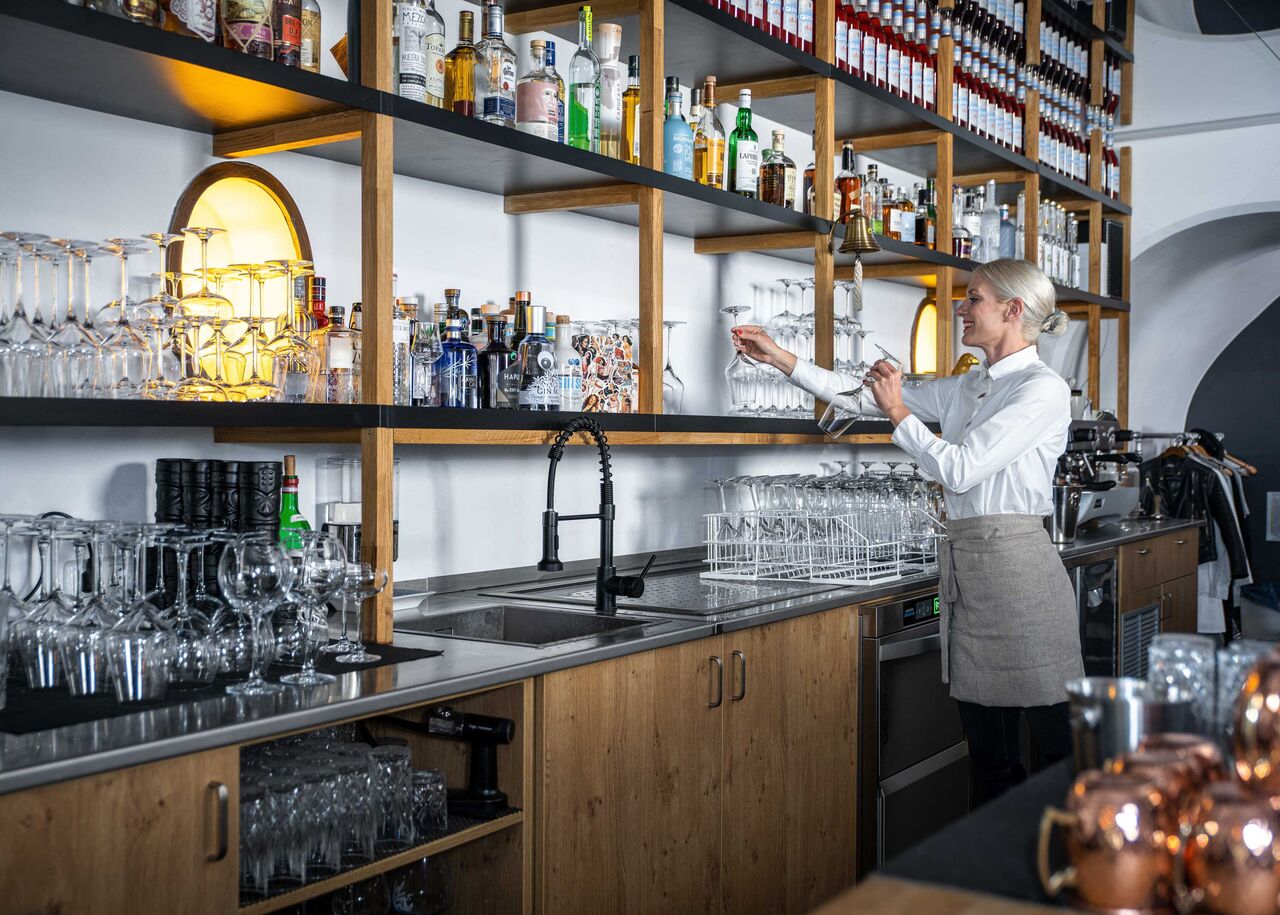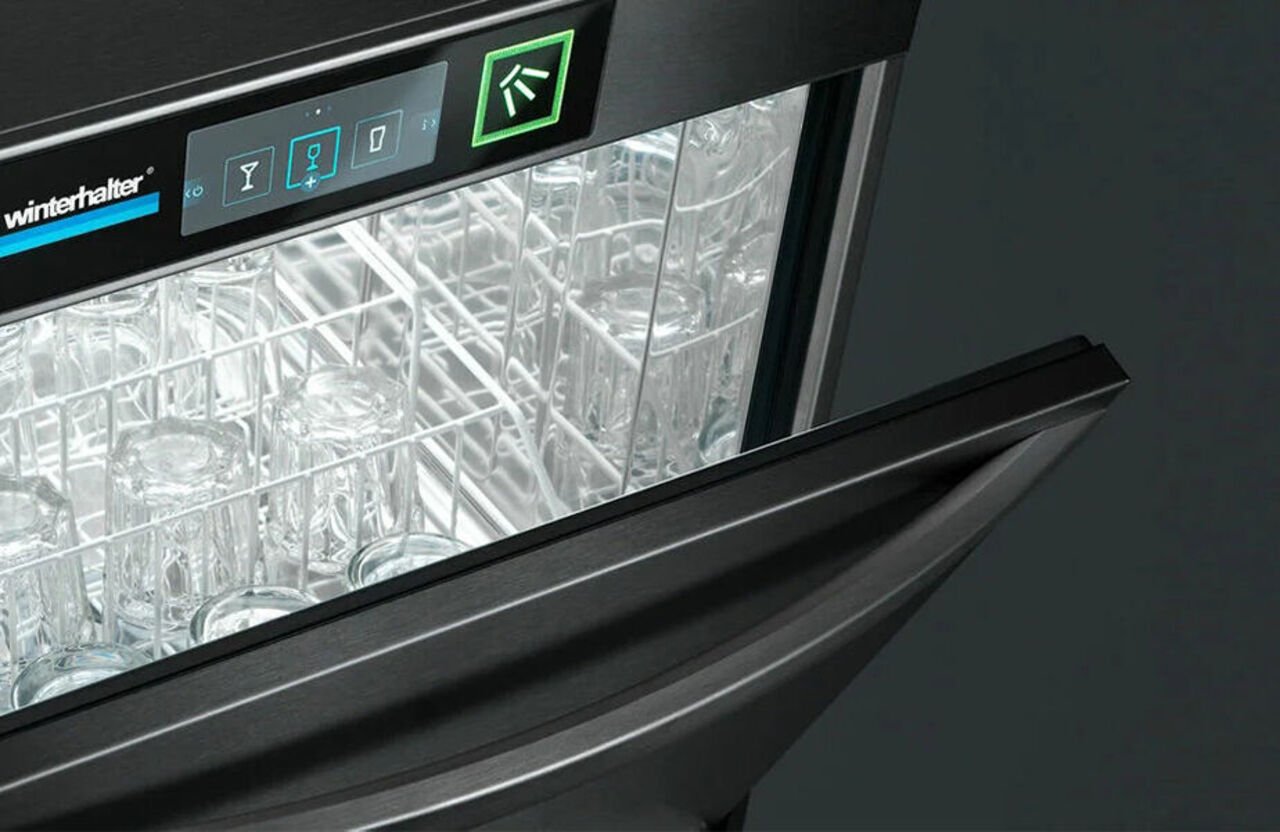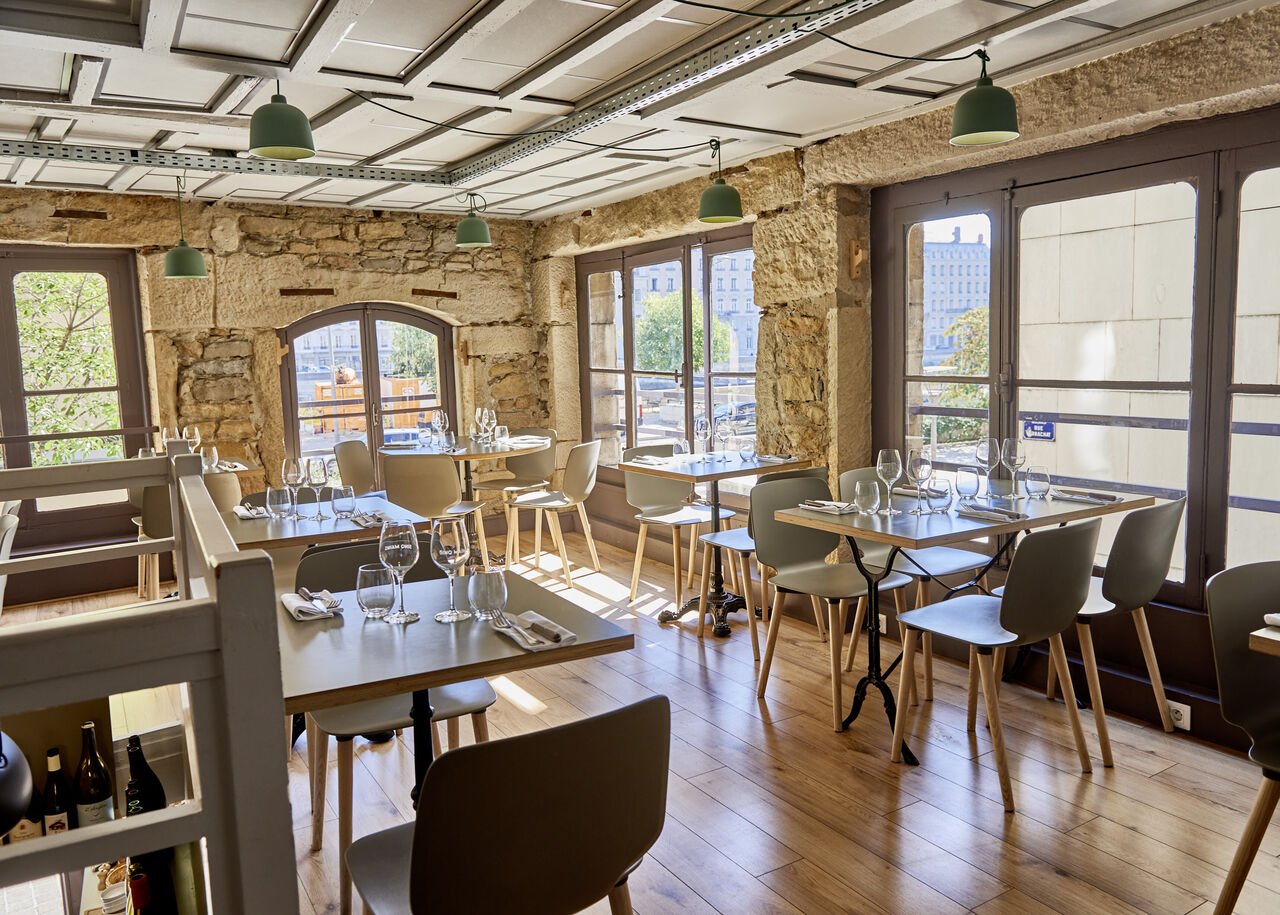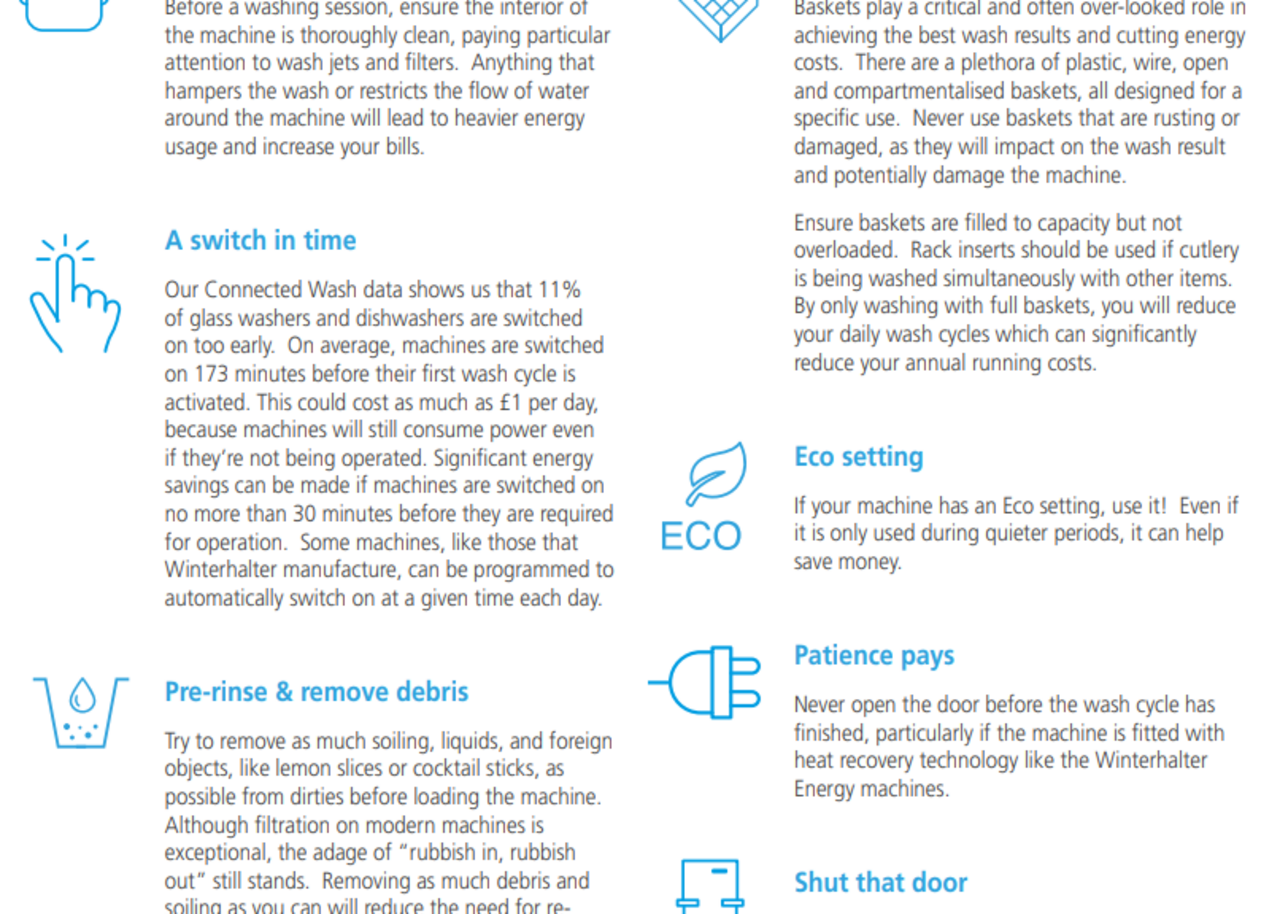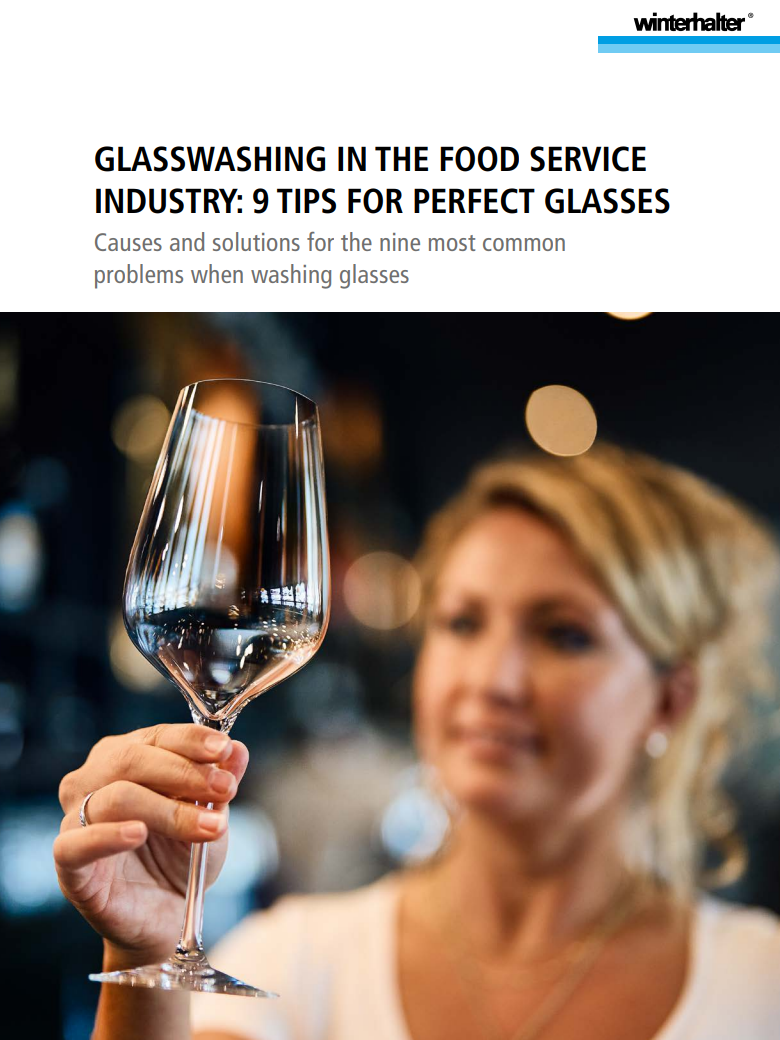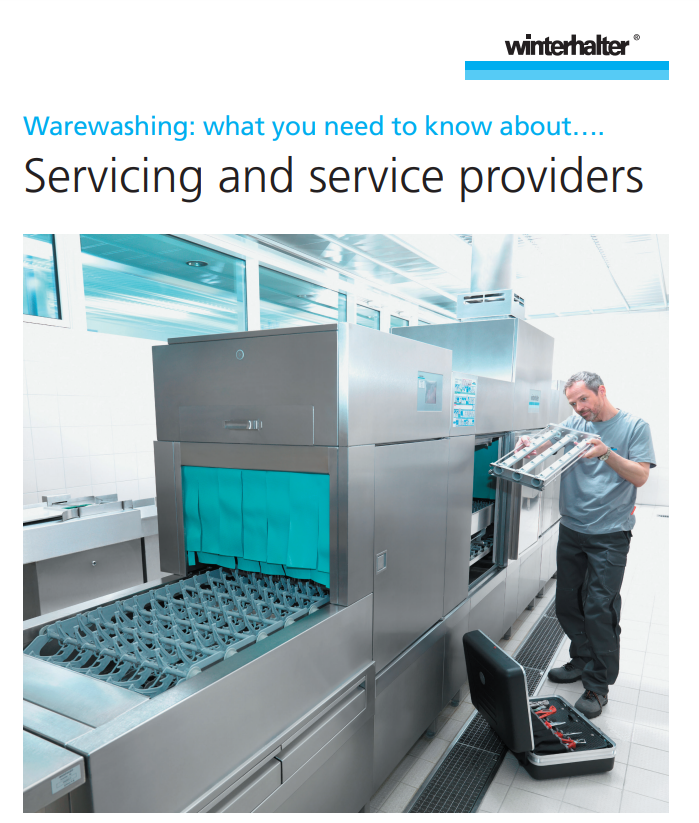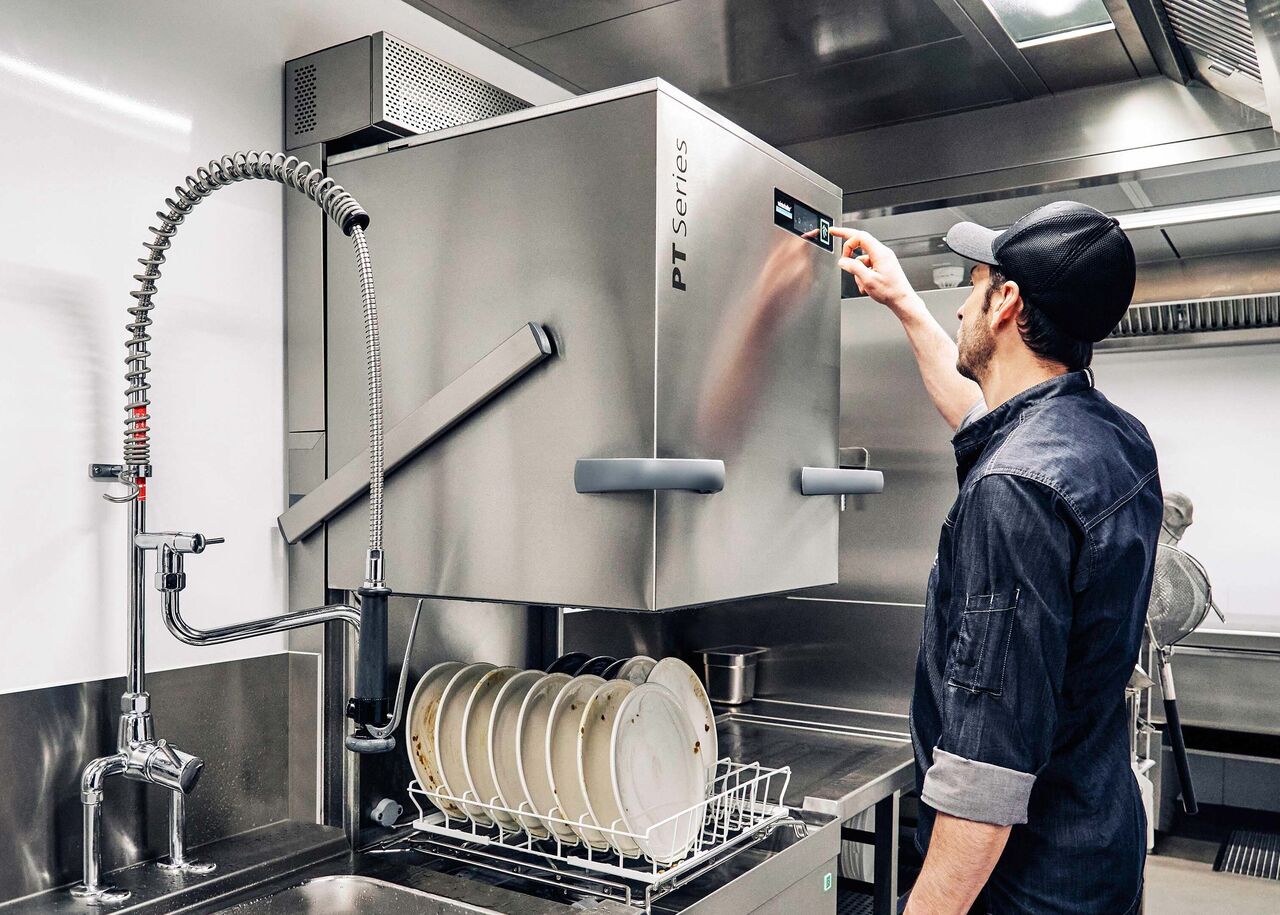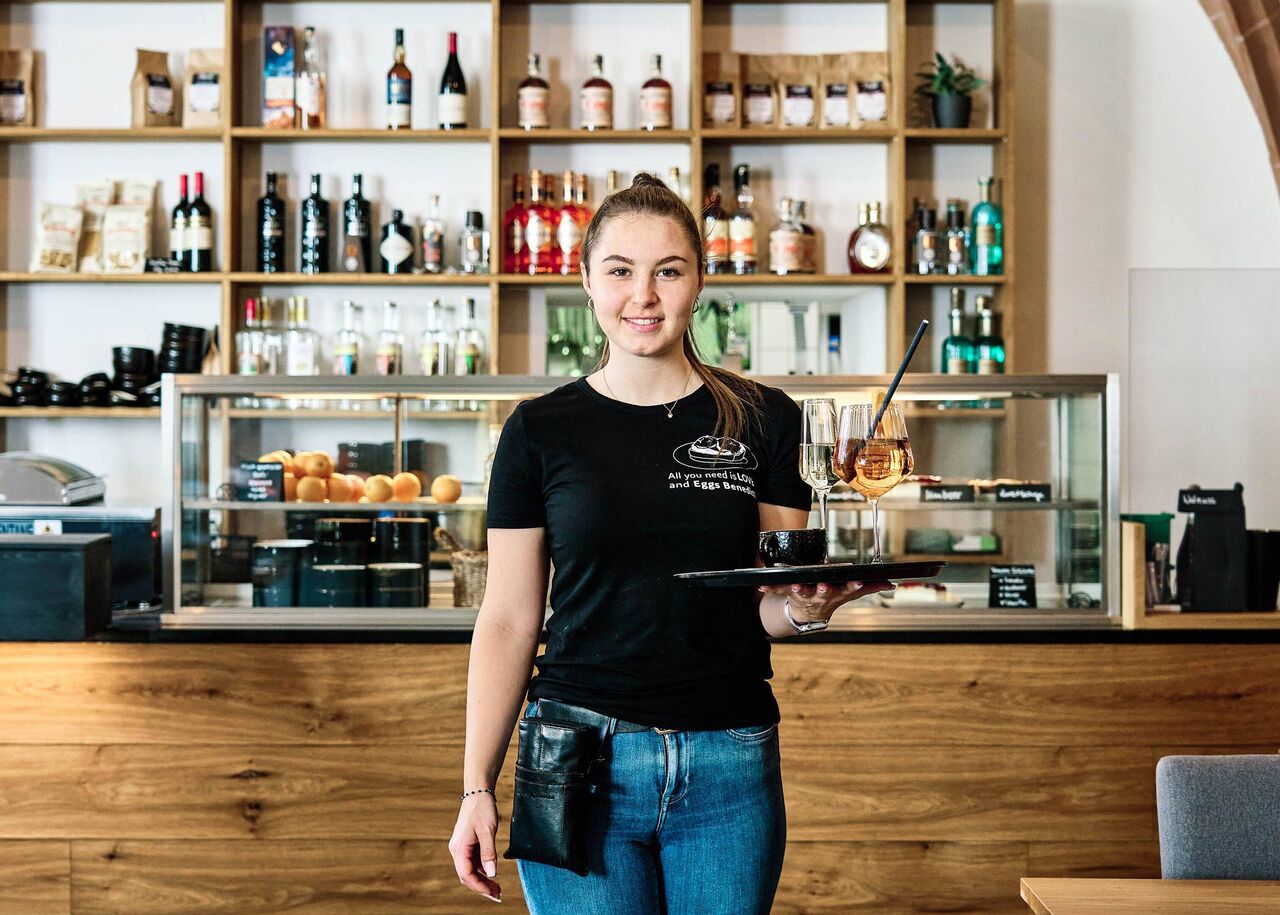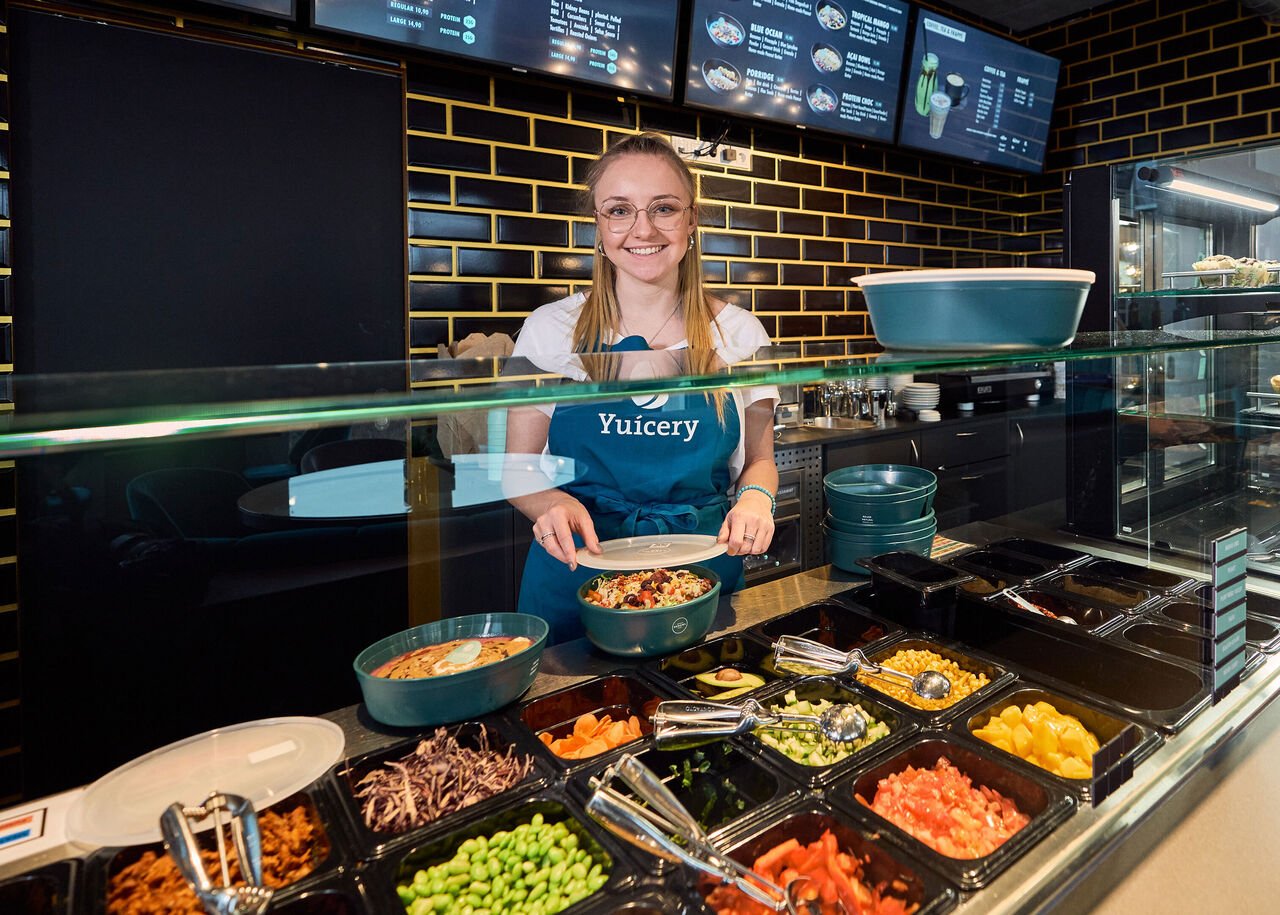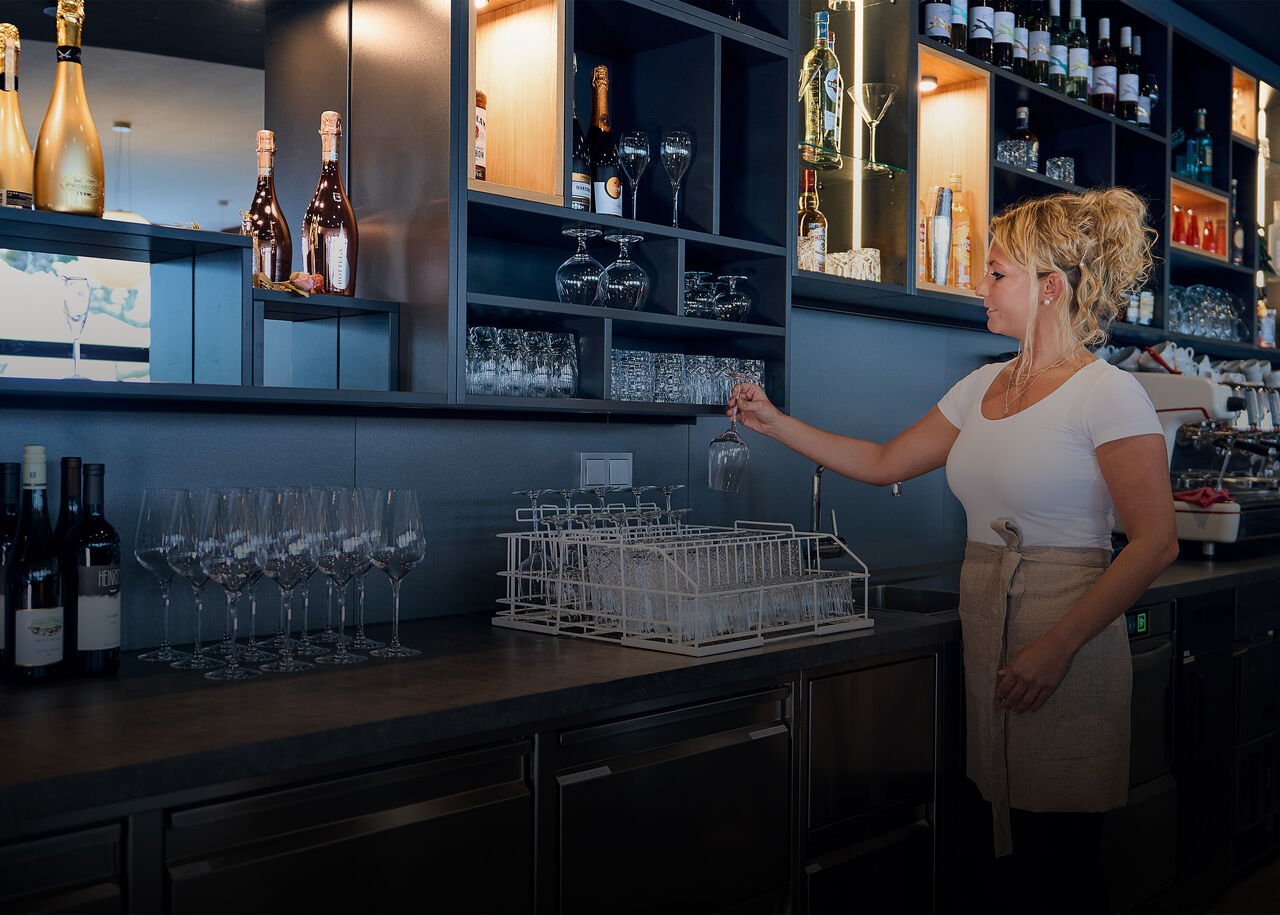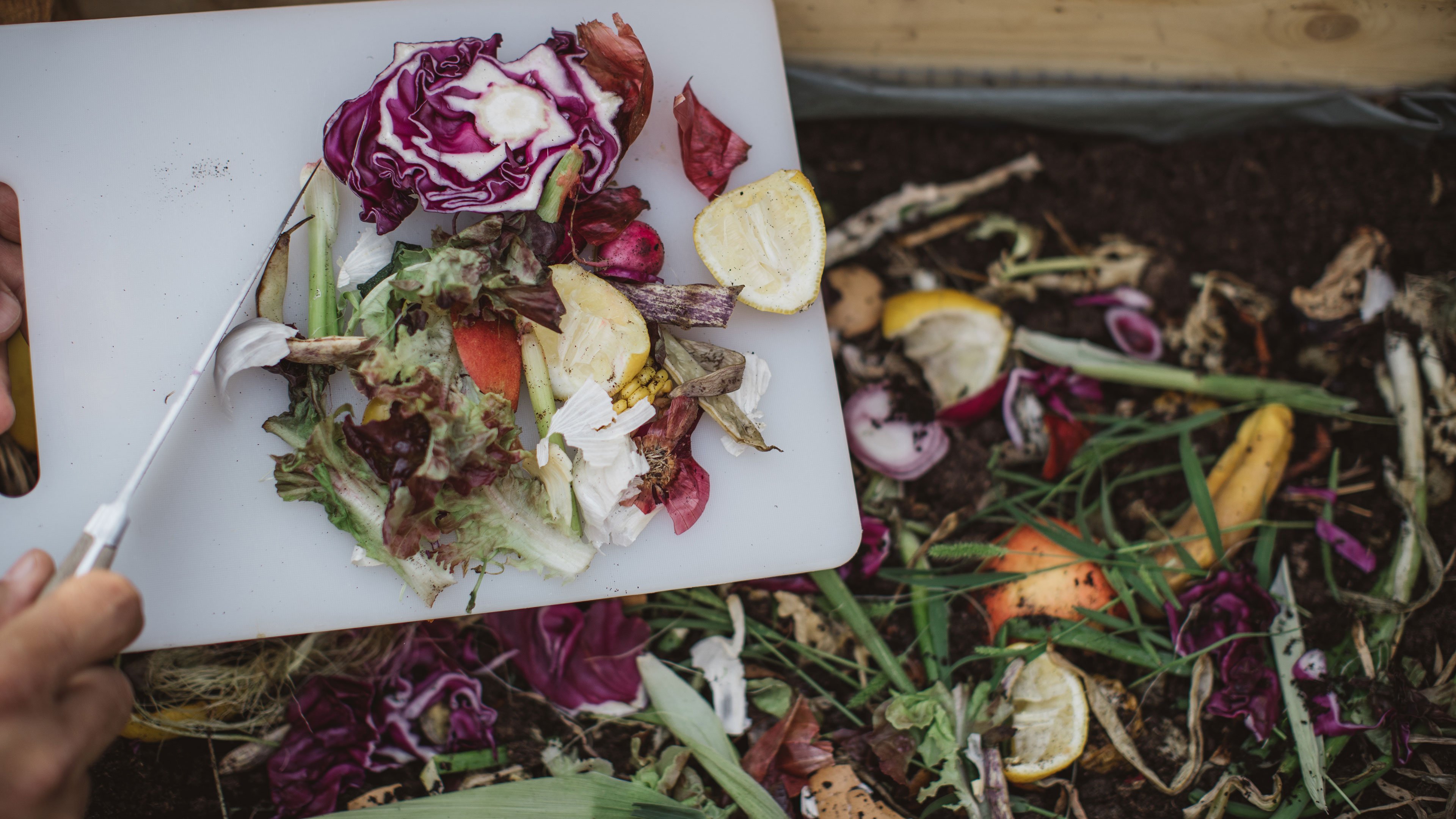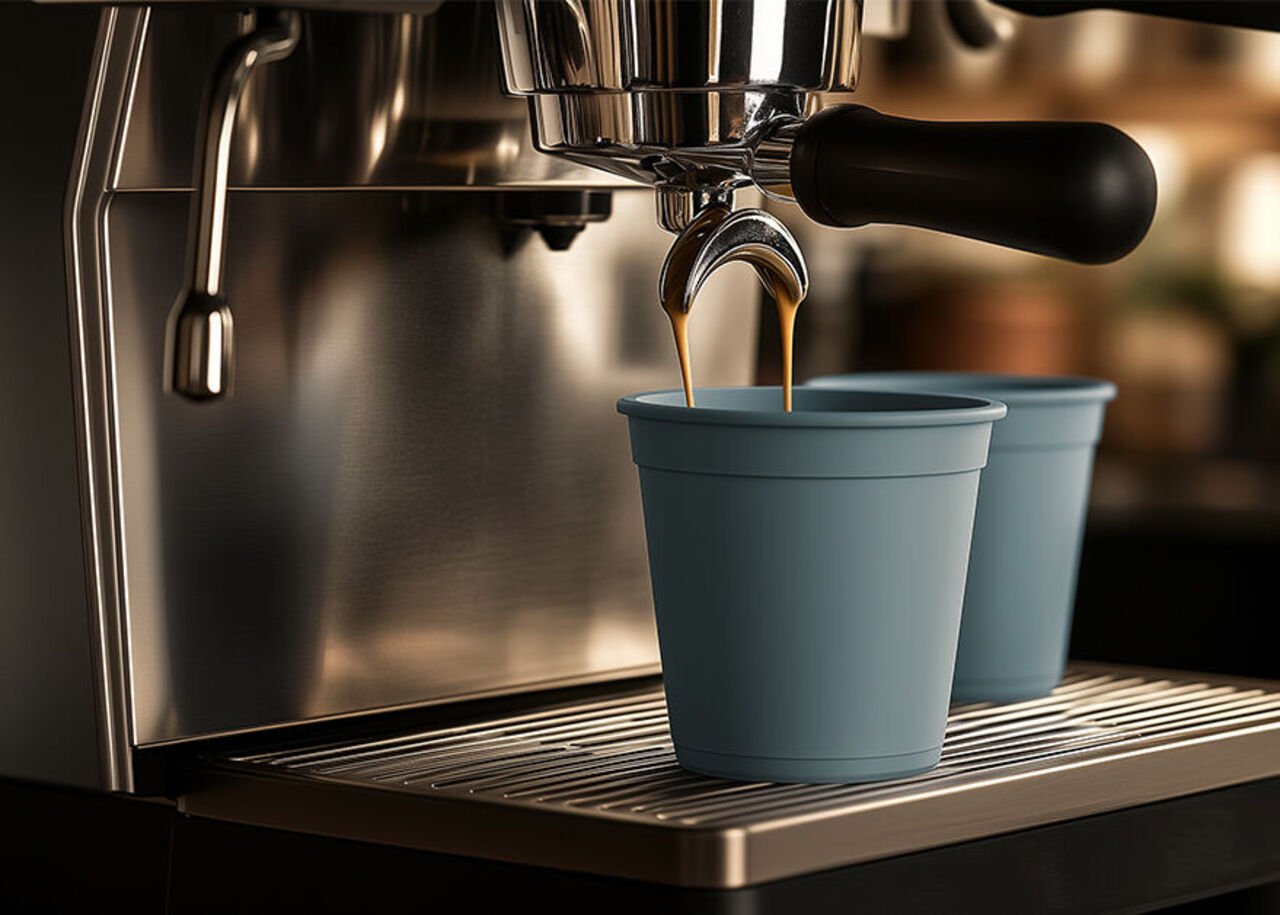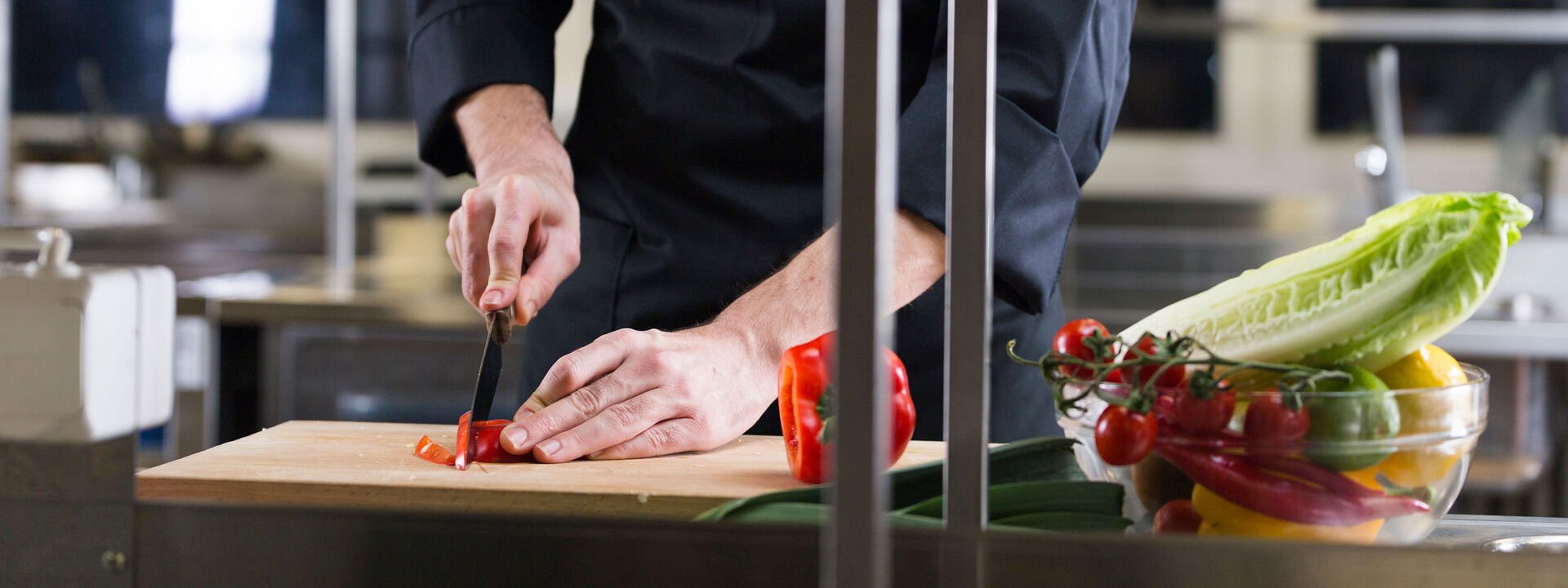
11 ideas for less food waste in foodservice
No restaurateur or chef likes to throw food away – if only for economic reasons. But how can food waste be reduced sustainably in the long term? After our first article addressing the topic of "The problem of food waste in foodservice", we will share 11 specific ideas for reducing food waste in restaurants, cafés and other establishments in this post.
1.
Use more raw and plant-based foods.
There is a rule of thumb that the more processed a product is, the shorter its shelf life – unless preservatives are involved. Ready-cut fruit and vegetables or pre-cooked products, which many foodservice professionals choose for convenience, have a shorter shelf life than food in its natural raw state. With the exception of meat, fish and other animal-based products, many raw products can be stored unrefrigerated, but animal-based products tend to require refrigeration and spoil more quickly. In other words, raw food with a high vegetable content reduces the risk of spoilage. And these products are also usually healthier and more sustainable.
2.
Plan and buy in line with demand.
How many guests are coming today, how many tomorrow? And next Thursday? Restaurants operating exclusively on a reservation basis can forecast this relatively accurately and purchase their goods in line with demand. Last-minute cancellations can be filled with a waiting list, a post on social networks ("Available at short notice tonight: table for four") or walk-ins. However, catering establishments that primarily serve walk-in customers can also optimise their requirements and avoid overproduction from the outset. One way of doing this is by using digital control tools that are now available from various companies. They allow the constant improvement of planning based on empirical values, such as previous year's figures, weather data and other factors. And they offer a sales forecast.
3.
Use food in its entirety.
Throw bits away? Only use the middle piece? Tip peelings into the bin? The often cited use of food in its entirety, referred to as "leaf to root" for plants and "nose to tail" for animals , speaks to the core of the chef's professional ethos: Professionals want to get the most out of an ingredient and work as efficiently and economically as possible. It could be carcasses used to make flavoursome soups or stocks (as has always been done in haute cuisine). Or carrot tops used to conjure up a delicious pesto. Or citrus zest used for flavouring or preserving. The use of all of the ingredient not only reduces costs, but also promotes creativity in the kitchen and therefore motivation. Leftovers from the kitchen can also be used to create lots of exciting things for the in-house bar, from garnishes for drinks to syrups and cordials. Try "Food Waste Pairing"!
4.
Store correctly and make stock transparent.
Be it in dry storage or a refrigerator with different cooling zones: you need a system for storing goods and a fixed place for each item. For example, certain types of fruit and vegetables should be stored separately. Apples and tomatoes emit ethylene, which causes other fruit varieties to ripen and spoil more quickly. The "first in, first out" principle used in logistics helps to ensure that older products are used first. Therefore, it makes sense to place new goods behind existing products rather than in front of them, as this ensures that the principle is followed even if items are removed quickly during day-to-day kitchen operations. Digital solutions for purchasing and procurement, as well as incoming goods checks (ideally also with digital support), ensure transparency. Besides, it is of course also much more energy-efficient if you only have to enter the cold store for a short time because goods can be removed in a targeted manner, rather than having to search around with the door open to see if an item is still there and how much is left.
5.
Weigh, measure, portion.
In mass catering – and even more so in airline catering, where the ultimate aim is to save fuel – products are often prepared to the nearest gram or millilitre. How much of each ingredient or food component should be on the final plate? It is not always possible to operate a restaurant with absolute precision. Plus, not every plate should look exactly the same, to keep an individual touch. However, precise, written recipes, weighing and measuring the required quantities (during preparation) and exact portioning with the appropriate tools all help the kitchen team to work efficiently. And reduce what ends up in the bin.
6.
Measure waste and make it transparent.
How much actually ends up as waste in the truest sense of the word? What's it from? What could be easily avoided and what would require a little more effort? If, at the end of the day or in the course of the week, you find your bin filled with food waste, you cannot answer these questions precisely without taking a closer look. There are different ways to do this. For example, you can compare the waste levels in two consecutive periods, with the goal of reducing the level after the first period by drawing a line in the bin or making a note of the day on which the bin was full, or allowing more time to pass until it is full. You can also record what is thrown away from the kitchen before it ends up in the bin or how many plates are returned unfinished over a certain period of time. Some local authorities have a commercial waste advisory service that provides support with analysis and optimisation. Recently, digital solutions have also been introduced here: for example, a combination of a bin, scales, camera and software can measure pretty accurately what and how much is thrown away – and how much it costs. Investing in these "smart waste bins" quickly pay for themselves, especially for large businesses such as hotel kitchens or canteens in the mass catering sector.
7.
Combine intuitive and systematic work.
Using food products in their entirety and working with recipes and fixed quantities reduces overproduction and food waste. However, bespoke foodservice gets its charm in no small part from its culinary spontaneity. Things we are familiar with in our private lives – looking in the fridge and using up ingredients that need to go – require far more in-depth technical knowledge and craftsmanship in professional foodservice in order to produce high-quality, delicious, marketable dishes. You can find lots of ideas for this online. What about, for example, a "cuca-mole" made from cucumbers that have lost their bite, mixed with yoghurt, lemon and chilli (also more sustainable because it is more local than an avocado). Or vegetable chips or crisps made from colourful vegetable scraps? Dishes or food elements added to the menu at short notice ensure variety on the menu. It may even be possible to create offers that are priced very attractively. Leftover vegetables can be fermented or used for mixed pickles, creating healthy and naturally shelf-stable dishes. Even our grandparents knew that! And, intuitive cooking also makes work more enjoyable for the team because it breaks up repetitive tasks.
8.
More plated dishes, less buffets.
A buffet may look pretty, at least at the beginning. However, it is very susceptible to food waste if you keep topping it up and can only roughly predict how much will actually be eaten. Just think about breakfast buffets, events or the restaurants in holiday hotels. Plated dishes, set out on a breakfast or event menu, allow for much more demand-orientated preparation. If you still want to serve a buffet, you can also use a combination : one part self-service, one part ordered at the table. The important thing here is that even a classic small breakfast – bread rolls, butter, jam, cheese – can be prepared much more effectively to order in the kitchen than having everything laid out. Once they are out, leftovers can only be reused to a very limited extent. One more tip: use small plates at the buffet. This has been proven to reduce the number of guests who take more food than they could possibly ever finish. If someone is really hungry, they can just go to the buffet several times.
9.
Help reduce food waste in the early stages.
Food waste is not only caused by wasted food, but also by food loss. Can foodservice help to reduce this in the food production and processing phase? It can: for example, by buying products that only have a short shelf life or that will soon reach their best-before date (BBD). This food can then be planned in for the coming weekly menu or upcoming catering events, for example. There are various online shops that specialise in this type of product and often offer attractive discounts. There are now also retailers who sell fruit and vegetables that don't comply with the industry standard because they are bent or misshapen, or discoloured, for example. These are sold at significantly reduced prices and often even as organic produce. In conventional retail, such products usually end up as waste. But you can't see the original shape of fruit and vegetables when they are chopped up and cooked. Unless you use them to create interesting "culinary misfit" dishes!
10.
Donate leftovers or sell them on.
If, despite all the planning and process optimisation, there are still some leftovers then they can be turned into something better than waste. For example, you can sell the products through providers such as "Too Good To Go" – people using the app can then pick them up during certain time slots. You can sell colourful surprise bags with baked goods, fruit and other items – and every unit sold not only reduces waste, but also improves the profit margin. Of course you can also offer your guests their leftovers – and encourage this by actively offering them (some guests are reluctant to ask for them themselves). It is also possible and beneficial to donate certain ingredients or dishes to food banks and similar organisations, subject to compliance with hygiene regulations (the relevant recipients will be familiar with the rules).
11.
Have the courage to say "Unfortunately, we’re out of that today”.
Overproduction in a planned manner so that everything is available at all times is a practice that should really be thrown in the bin today. In times when we are all aware of the scarcity of our resources and how to use them responsibly, your hosts should be able to confidently say, "Unfortunately, we’re out of that today" and offer an alternative. Be brave!
[Image 1: Freepik]
